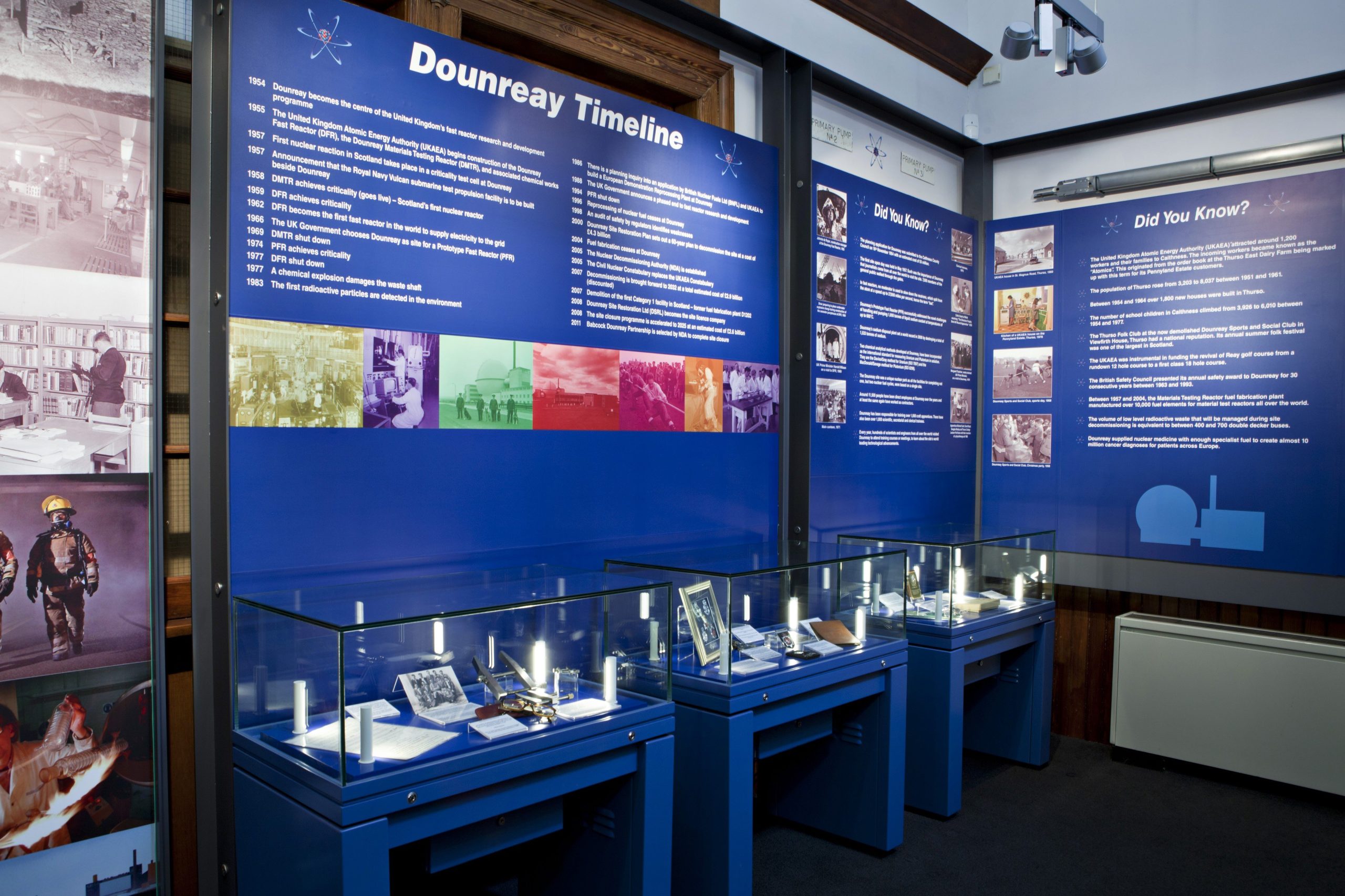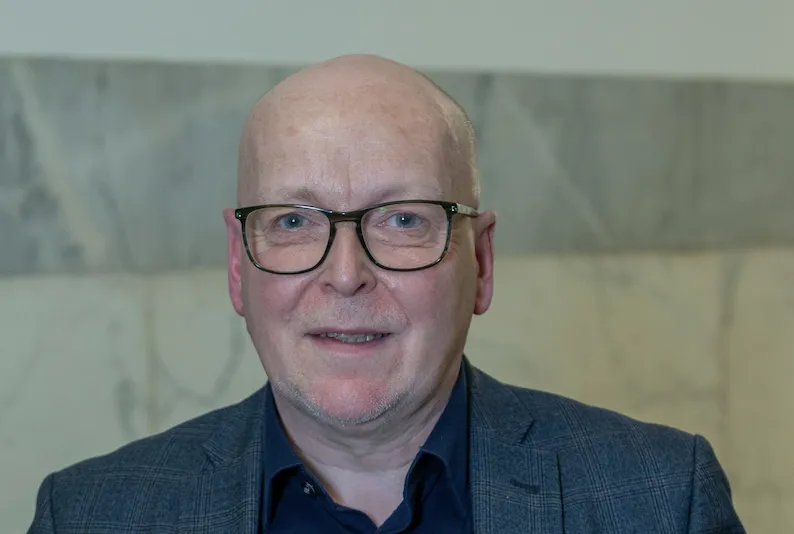Thurso museum and community facility, Caithness Horizons have opened a revamped exhibition of the history of the Dounreay atom plant.
They secured cash sponsorship from Greendale Computer Services which went towards the development of the exhibition and was matched by a £1,500 Arts & Business Scotland New Arts Sponsorship sgrant. The makeover cost £23,000 with financial support also provided by Museums Galleries Scotland and the Robertson Trust.
Caithness Horizons developed this exhibition to display more of their Dounreay Nuclear Reactor collection which tells the story of the plant from its conception and the impact it has had on the local area.
Entry to the museum, which has Gaelic translations, is free. There are photos showing what work and home life was like in the early days of Dounreay in the late 1950s and early 1960s. In seven years, Thurso’s population more than doubled with an influx of workers to the site. Visitors can try their hand at the museum’s interactive exhibits and view audio-video presentations on the history of the site.
Dounreay has been in decommissioning mode since the last reactor at the site shut down in 1994. Caithness Horizons chairman Paul Carriss said: “We have tried to get over more of the personal aspects of working at the site and to get over the effect Dounreay has had on the community”
The partnership between Greendale Computer Services and Caithness Horizons demonstrated what the museum is able to offer to local businesses in terms of sponsorship. The project helped the business to demonstrate its commitment to the local community within which it operates. It also benefitted from the branding, hospitality and staff benefits brought by the sponsorship. Caithness Horizons plans to seek business sponsorship opportunities for future projects.
In order to try and preserve and interpret the history of Dounreay for future generations, a Heritage Advisory Panel has been set up between Dounreay Site Restoration Ltd, Caithness Horizons, Historic Scotland, the National Museum of Scotland, and the Royal Commission on the Ancient and Historical Monuments of Scotland.



